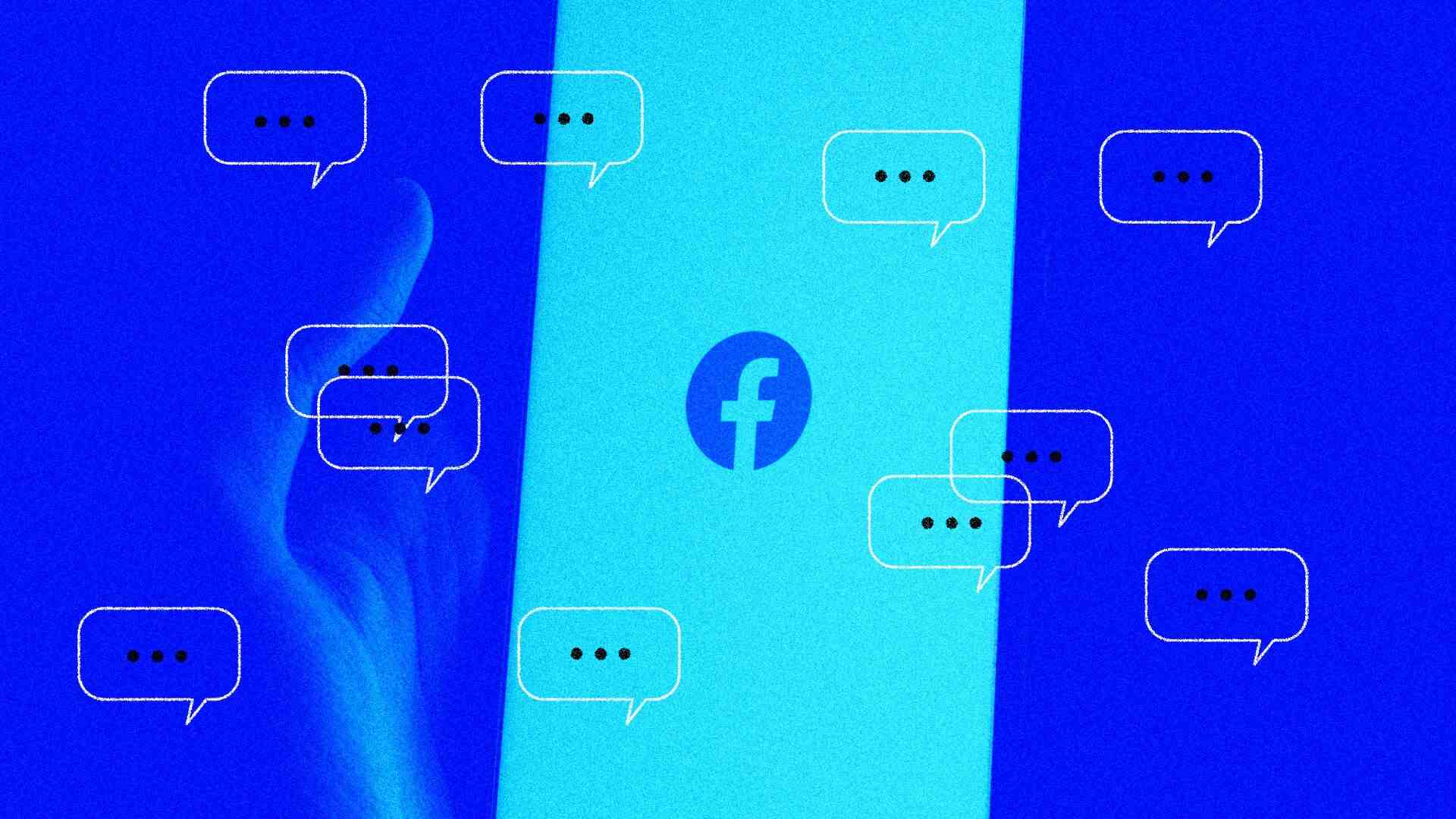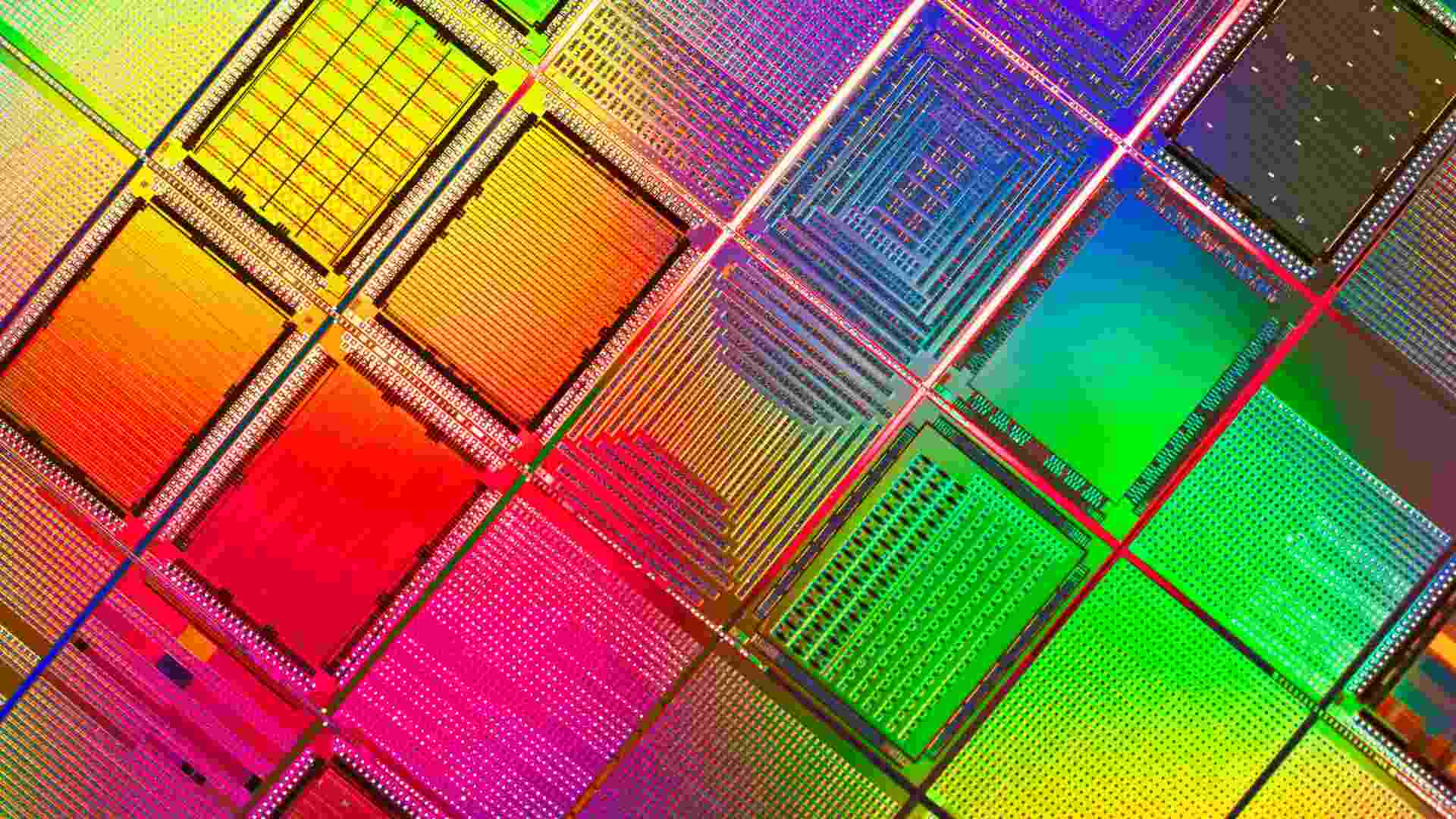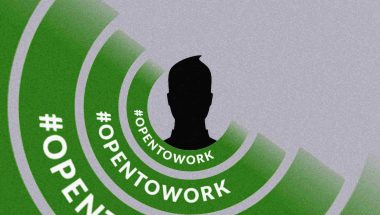- | 9:00 am
It’s time to prioritize assistive technology for neurodiversity
AI-powered large language models like ChatGPT and Google’s Gemini have already made it far less expensive to build tools for those whose learning styles don’t fall into the category of ‘neurotypical.’

Despite making up 20% of the population, the vast majority of neurodivergent people in the U.S. continue to lack the assistive tools and resources needed for them to thrive both in the workplace and at home. However, when we look at recent advances in technology, particularly in generative artificial intelligence (AI), it’s clear that we now have an incredible opportunity to build the kind of solutions that could both empower and instill a sense of belonging and inclusion for millions of Americans.
AI-powered large language models (LLMs) like ChatGPT and Google’s Gemini have already made it far less expensive to build tools for those whose learning styles don’t fall into the category of “neurotypical.” The inherently adaptive nature of these technologies—be it through the reformatting and simplification of complex text or the generation of informative imagery—is demonstrative of AI’s potential to help technology play to the strengths of the neurodivergent.
While AI may be actively democratizing accessibility at scale, we can’t begin to truly take advantage of its potential until we increase awareness and put an end to the stigmas surrounding neurodivergence. In addition to fulfilling an ethical obligation to bring equity to underserved individuals, the developers and business leaders need to recognize that serving the needs of the neurodivergent population will lead to a more inclusive, more productive, and overall healthier society at large.
CHANGE BEGINS WITH AWARENESS
The pressing need for accessible technology is evident to anyone from the neurodivergent community. But the lack of widespread awareness around neurodivergence and the persistence of harmful stigmas and misunderstandings has hindered progress. Research at Understood.org has shown that close to 60% of Americans don’t even have a clear understanding of what learning and thinking differences are, much less the motivation to build technologies that benefit the professional lives and overall well-being of people with these differences.
The lack of awareness around neurodiversity is even evident when we look at the current state of LLMs and the development of AI more broadly. While tools like ChatGPT and DALL-E have been beneficial, they weren’t explicitly designed to assist and empower neurodivergent individuals—that was a nice bonus. This fact highlights the massive untapped potential to build on these technologies with intent, in a way that specifically supports and benefits neurodivergent people.
Still, the question remains: Why should neurotypical technology developers and business leaders be interested in neurodiversity in the first place?
Neurodivergent people have been historically discriminated against and unfairly underrepresented in society and the workforce. They continue to be severely undervalued at both an individual and organizational level. And this is despite a clear and growing body of evidence that their contributions are indeed valuable.
For example, research from Gartner has shown that 75% of organizations whose decision-making teams reflect a diverse and inclusive culture—with a particular emphasis on cognitive diversity—have benefited from enhanced productivity, innovation, and positive financial outcomes. Similarly, the conclusions of a recent McKinsey report reveal a positive correlation between increased diversity and the likelihood that an organization will outperform its peers.
There are various reasons why this is the case, two of which are particularly relevant to the topic of neurodiversity. First of all, there is the simple, intuitive reality that when a team consists of individuals with varying perspectives and styles of thinking and learning, it will produce more creative and unexpected results. Secondly, neurodivergent individuals often have highly distinct skill sets and talents, many of which make them uniquely suited to enhance organizational innovation in the age of AI, as highlighted in-depth in a recent study by MIT.
However, as compelling as these facts may be, none of them will make a difference if they aren’t first acknowledged from the very top. For this to happen, we need to rigorously advocate for the inclusion of accessibility within the broader conversation around diversity, equity, and inclusion (DEI), and provide actionable guidance for the development and implementation of assistive technologies.
GETTING STARTED: CONCRETE OPPORTUNITIES FOR IMPLEMENTATION
To answer the urgent need for assistive technologies, we are internally testing Understood.org’s Neuroequity AI Assistant, a chatbot that allows users to communicate with natural language to receive easily digestible responses and direction to our expansive range of expert-vetted, virtual resources. These resources include in excess of 3,000 articles, more than 250 downloadable materials, and at least 200 podcast episodes that offer information, strategies, guides, tool kits, and tips for neurodivergent individuals and their parents, educators, and other supporters.
There are also many ways that organizations can begin leveraging existing tools to empower and benefit all employees, neurodivergent and neurotypical alike.
For example, current generative AI tools can enable HR professionals to better accommodate employees with learning and thinking differences. A tool like Google’s Gemini could be used to translate long-form employee handbooks into clear, concise bullet points, allowing those with ADHD to readily digest and retain critical information. This would allow everyone – both the neurodivergent and neurotypical—to better understand their basic roles and responsibilities in the workplace.
Everyday tasks such as email and document composing, editing, and reformatting can present challenges to many neurodivergent employees. By leveraging workspace add-ons such as LLM assistants that focus on the writing part, companies can free up employees to primarily focus on the thinking part, thereby supercharging how they work while playing to their strengths.
While they may seem overly simplistic, the transformative potential of the above solutions for neurodivergent individuals cannot be overstated. Moreover, both are increasingly familiar, easy to implement, and accessible from any mobile device or smartphone.
Recent technological advancements, such as LLMs, have the potential to enhance the experience of neurodivergent families when interfacing with Understood.org’s library of resources. LLMs can also benefit employees when interfacing with workplace tools. The potential impact has us inspired and excited. Not only have these simple solutions helped our employees more easily complete tasks that were previously frustrating, but we can see these solutions in action as a big leap towards helping to shape a brighter, more inclusive future.
Rahul Rao is co-president and chief technology officer at Understood.org.
Recognize your company’s culture of innovation by applying to this year’s Best Workplaces for Innovators Awards before the extended deadline, April 12.






































